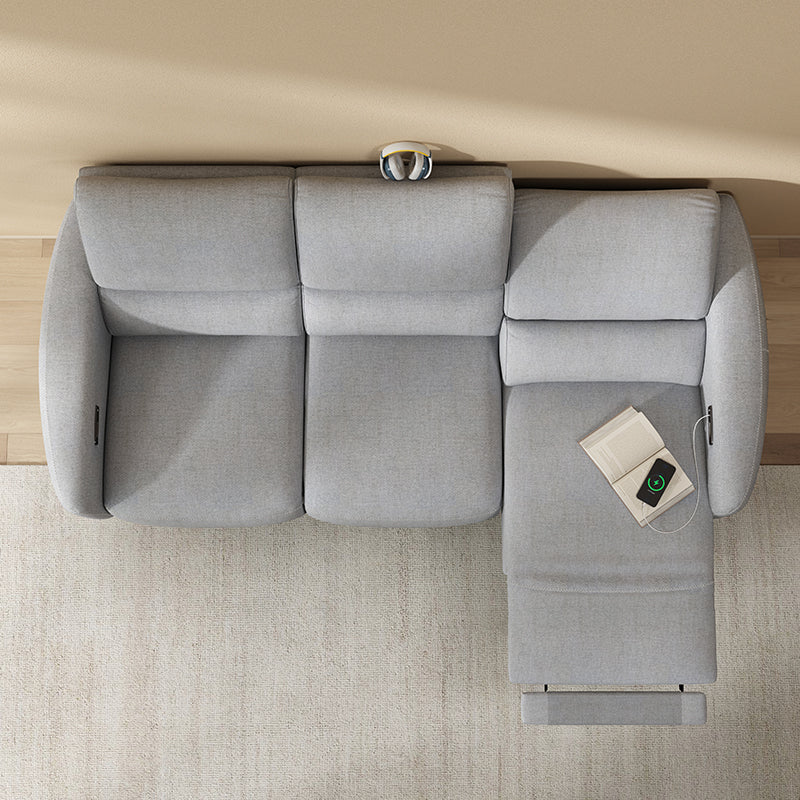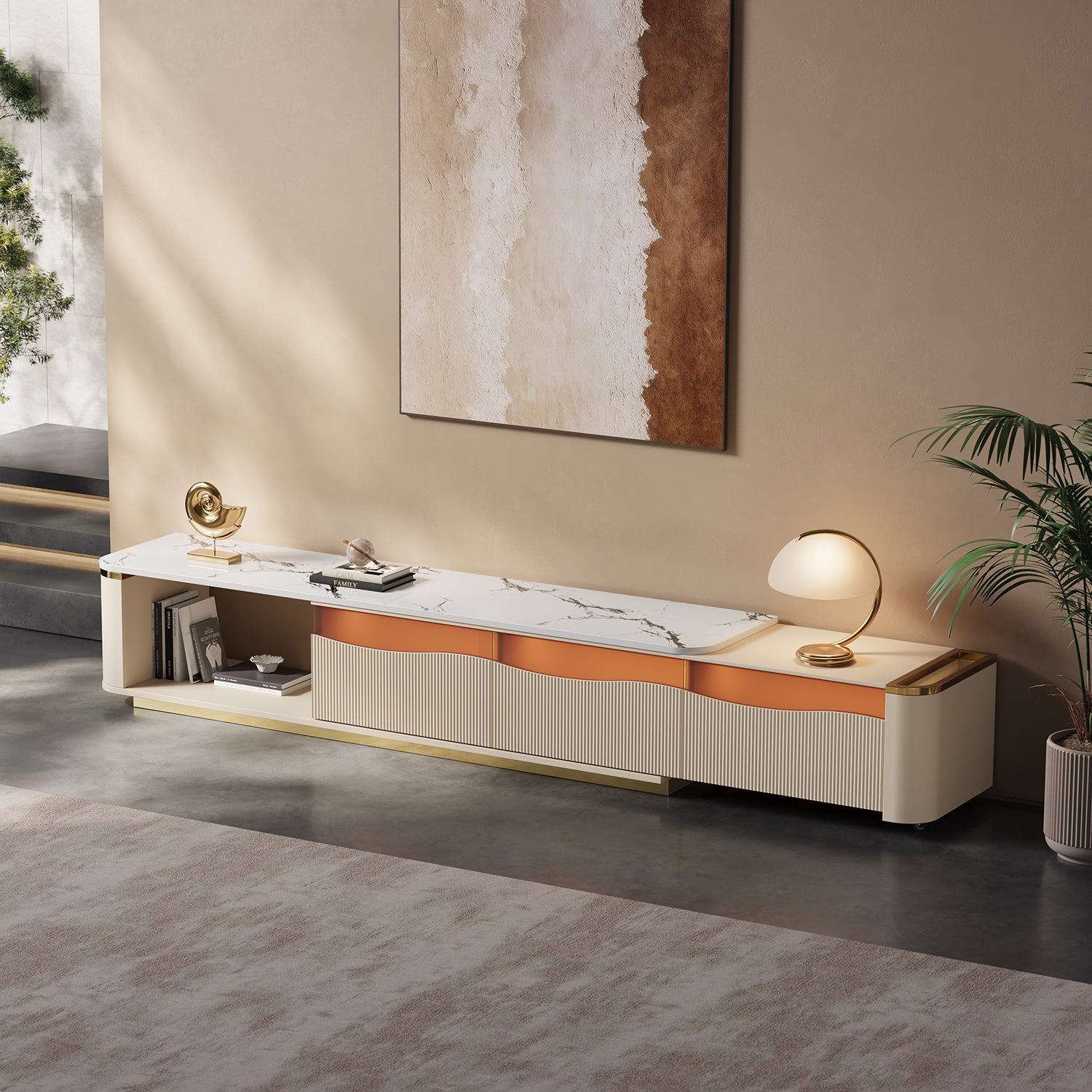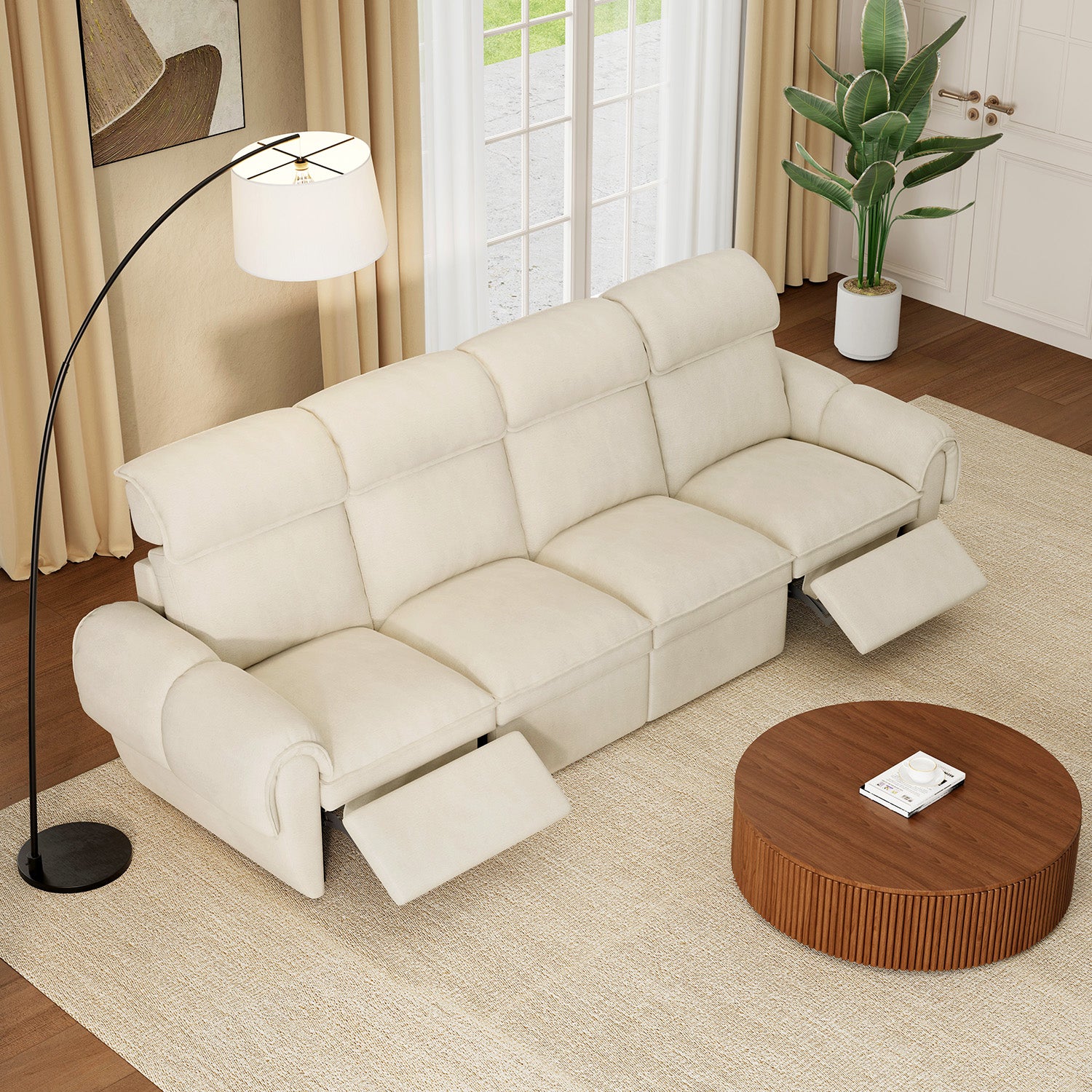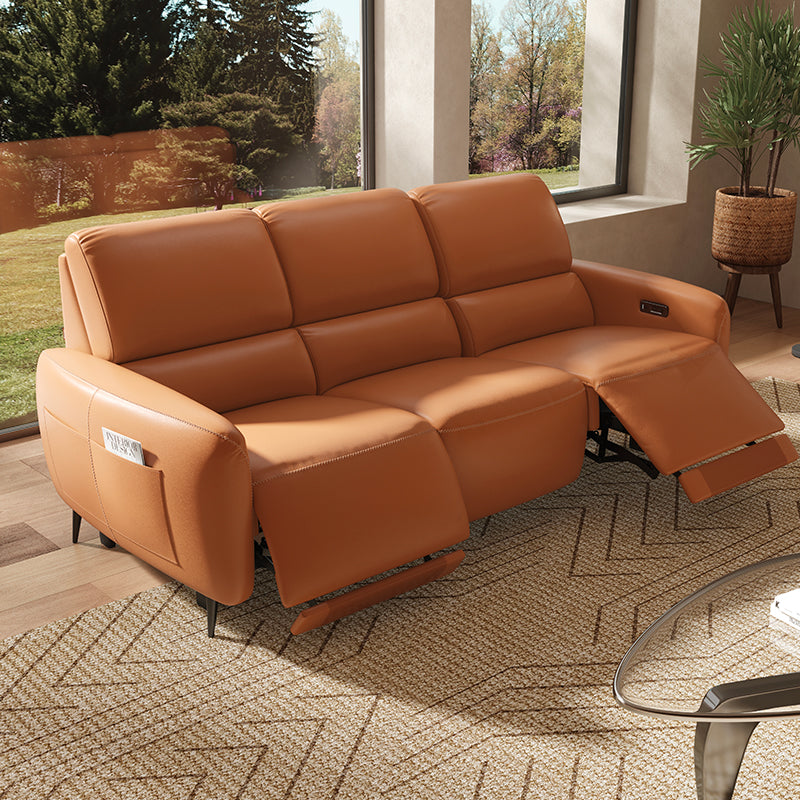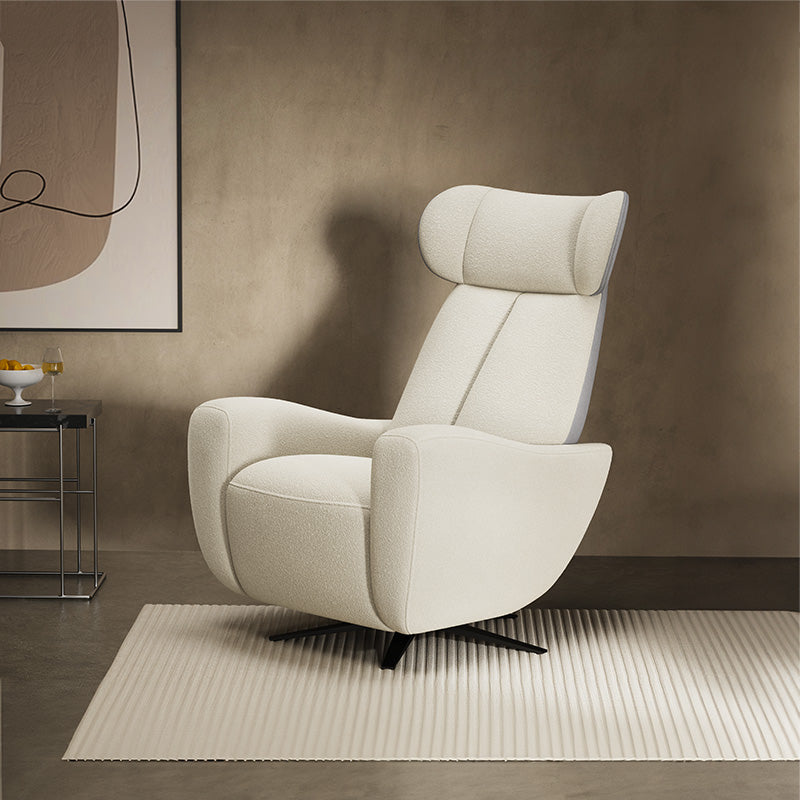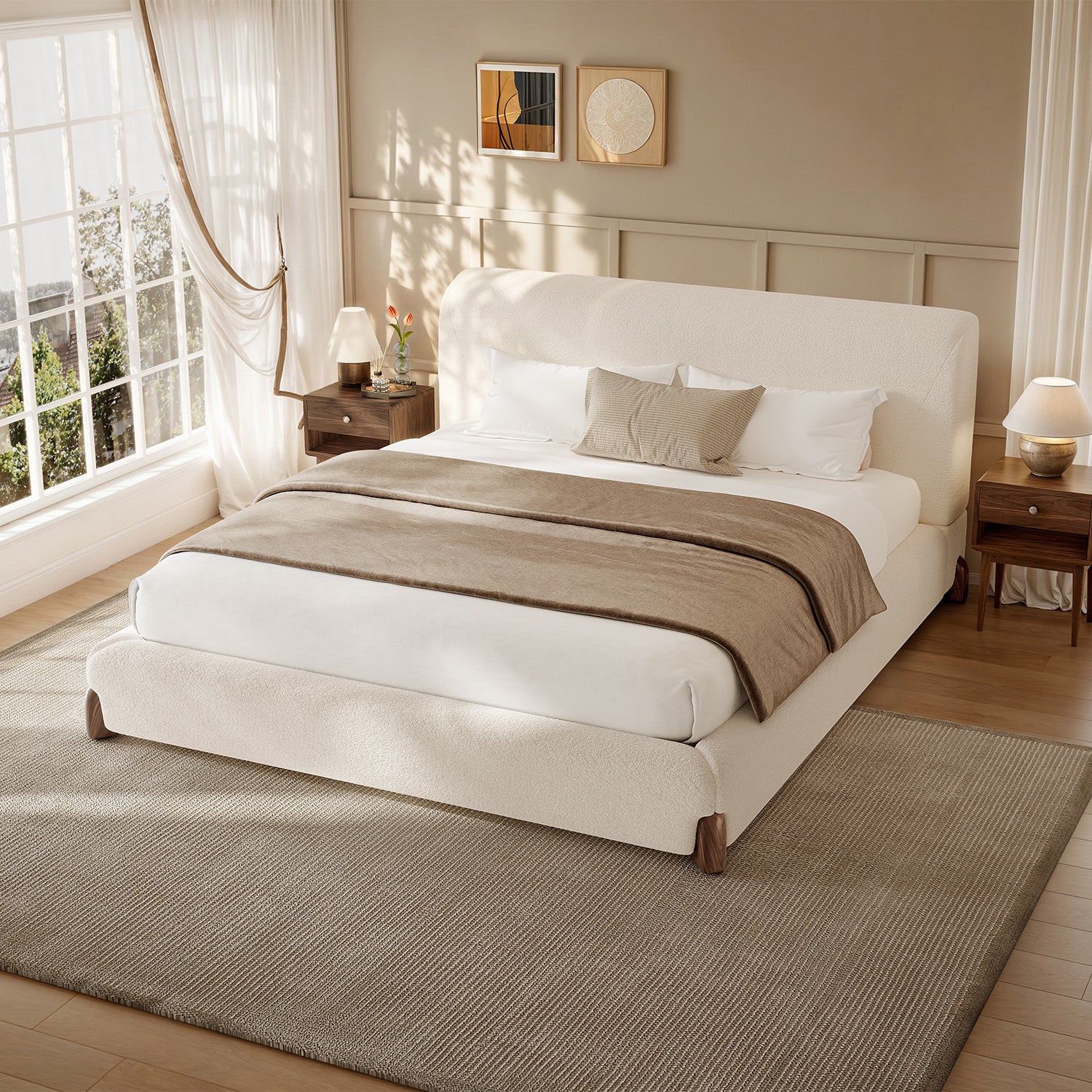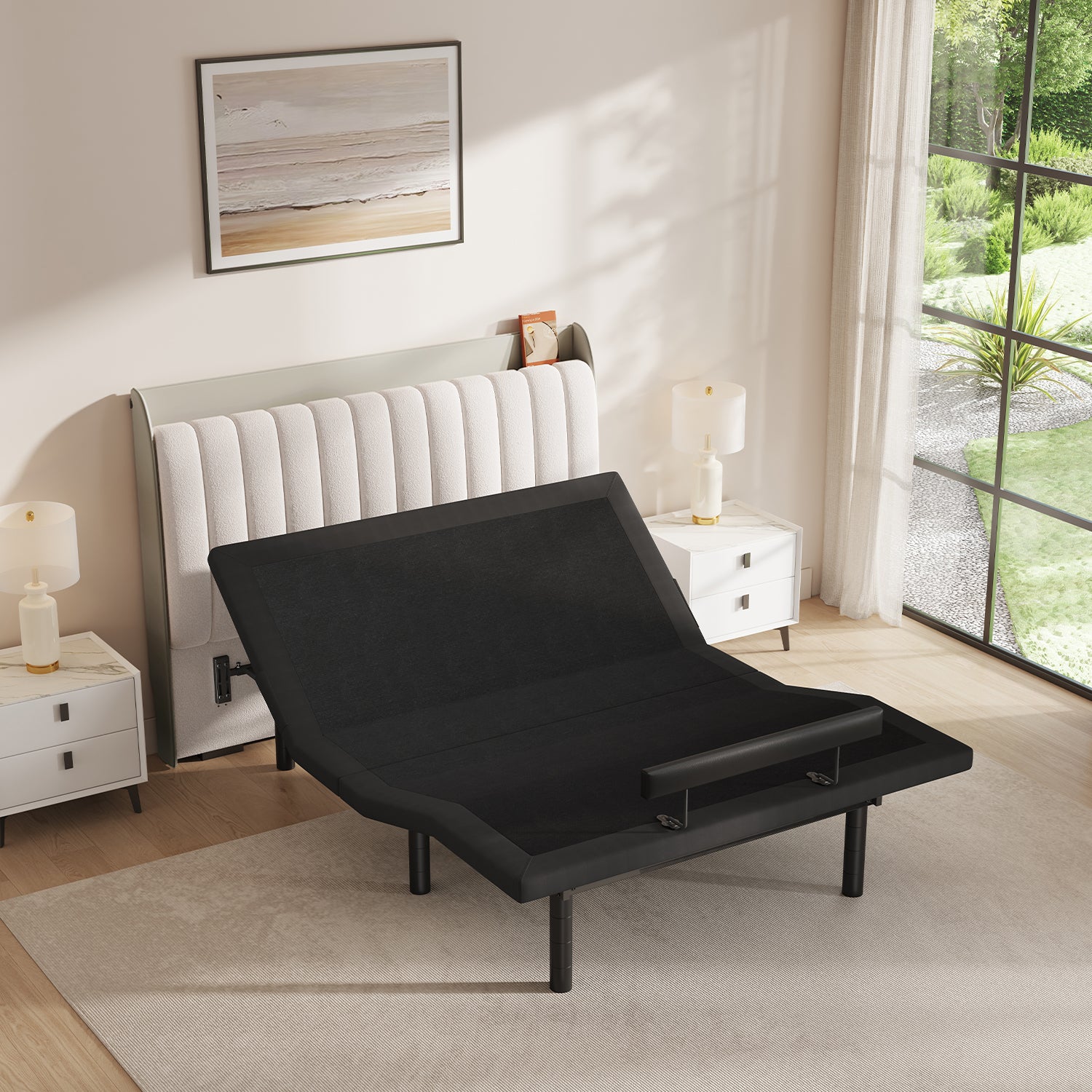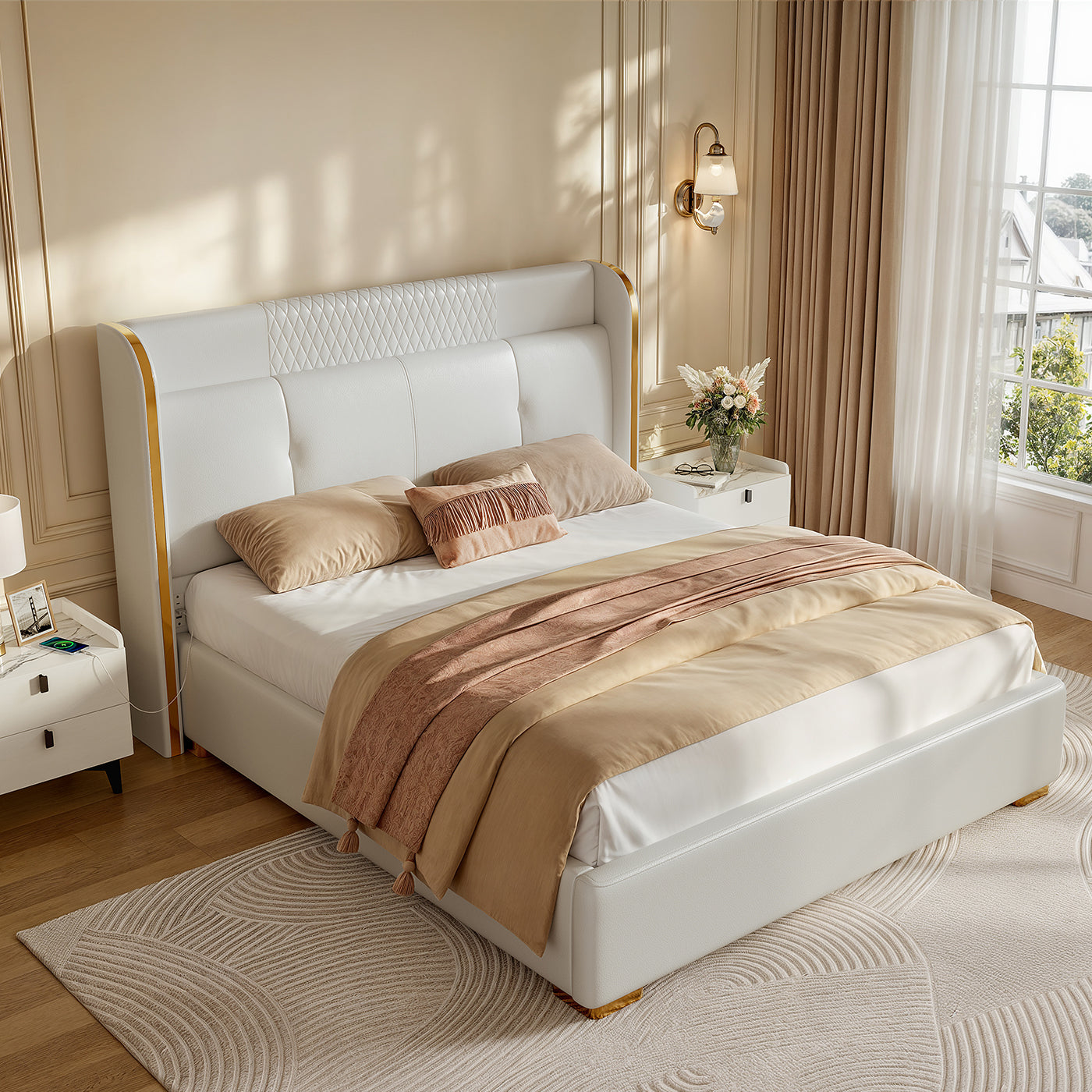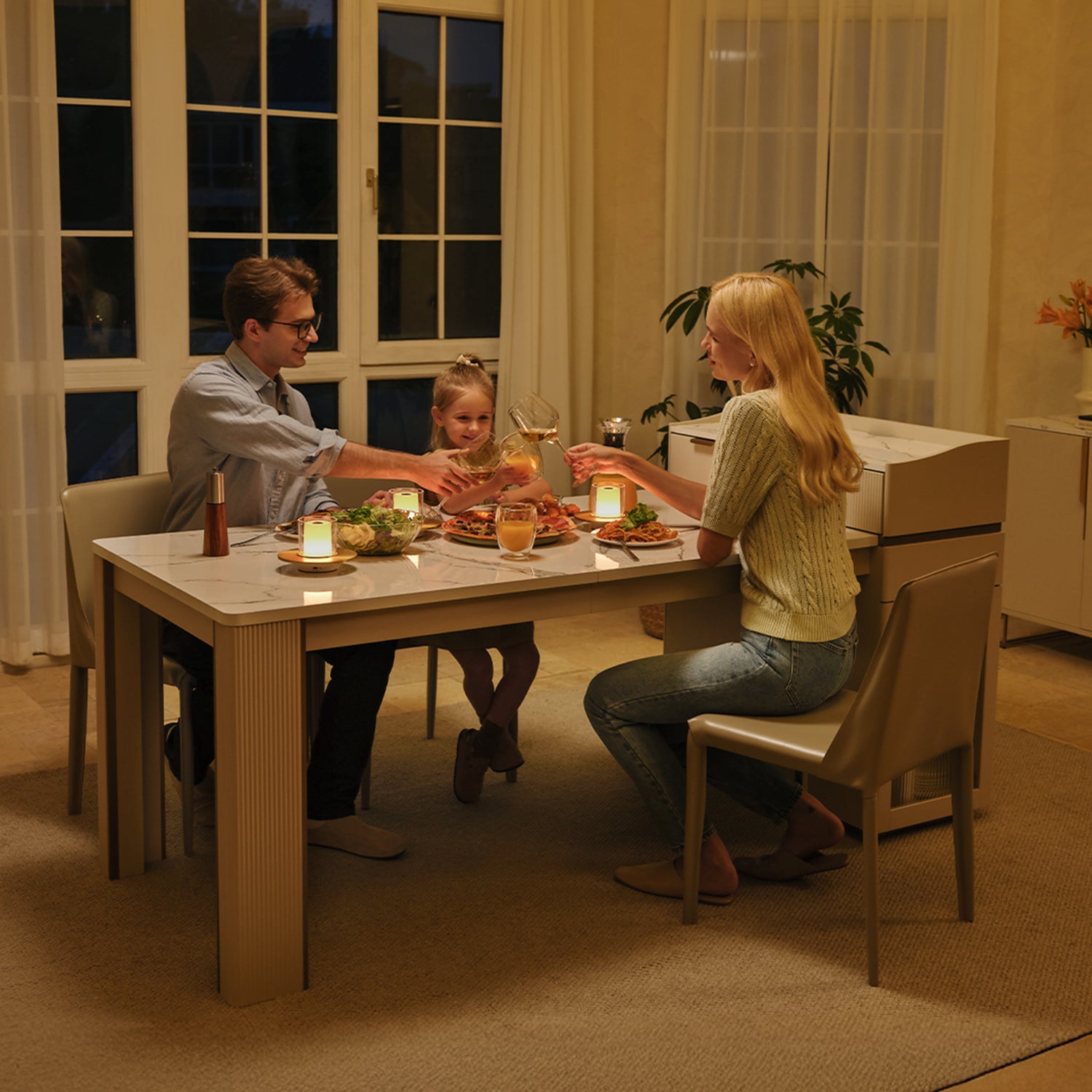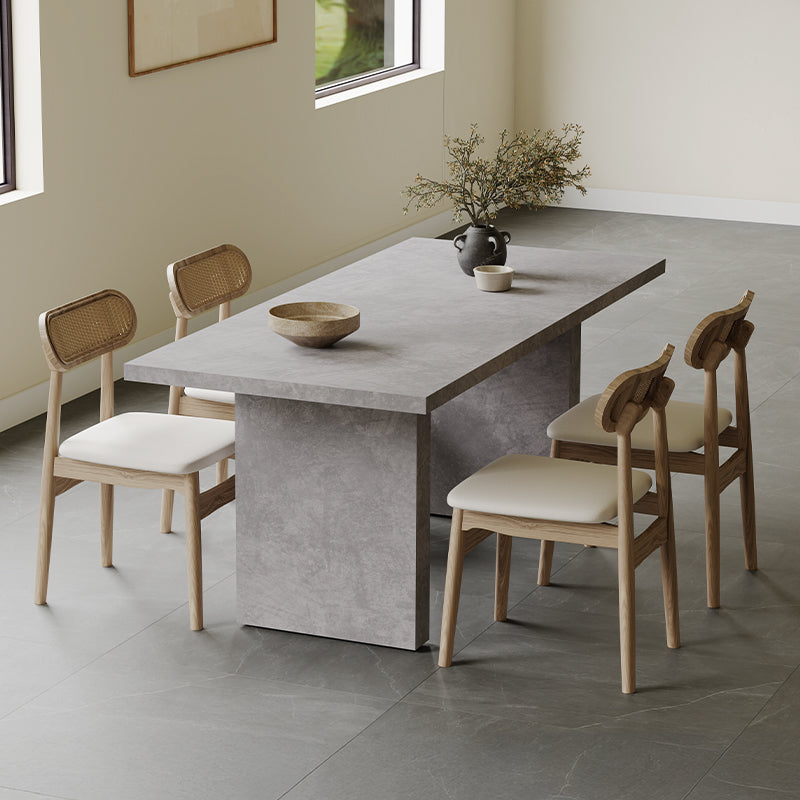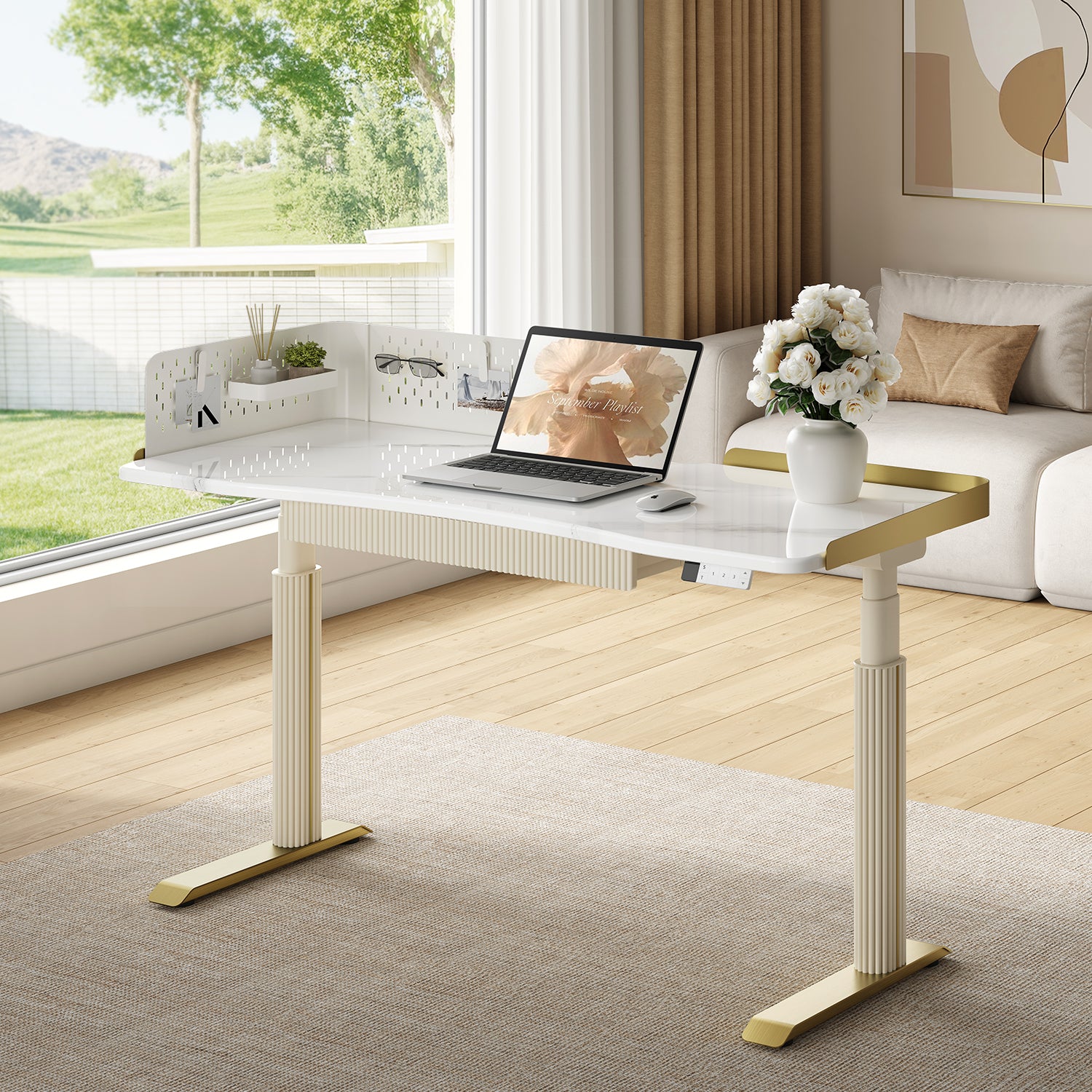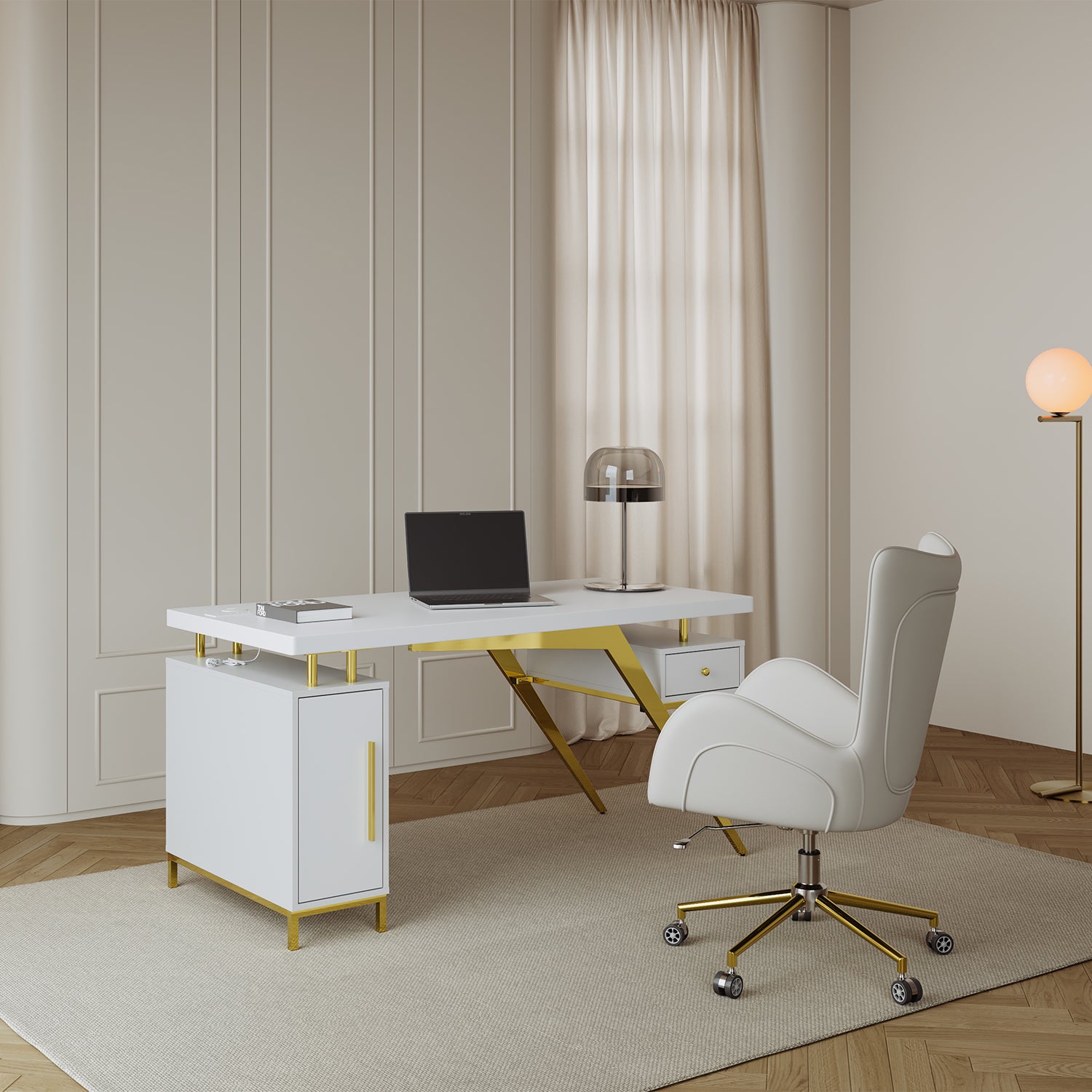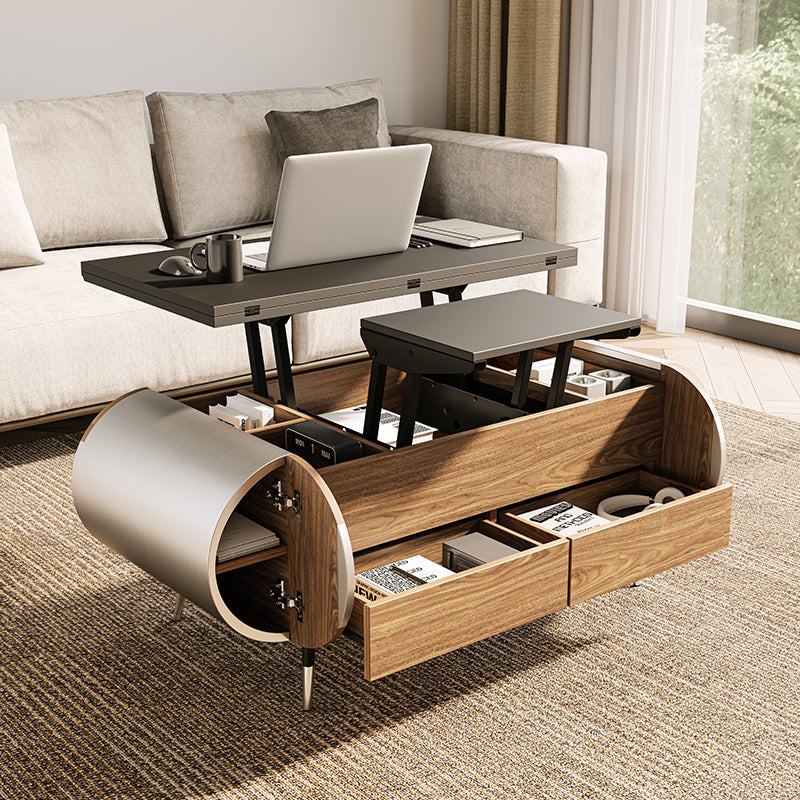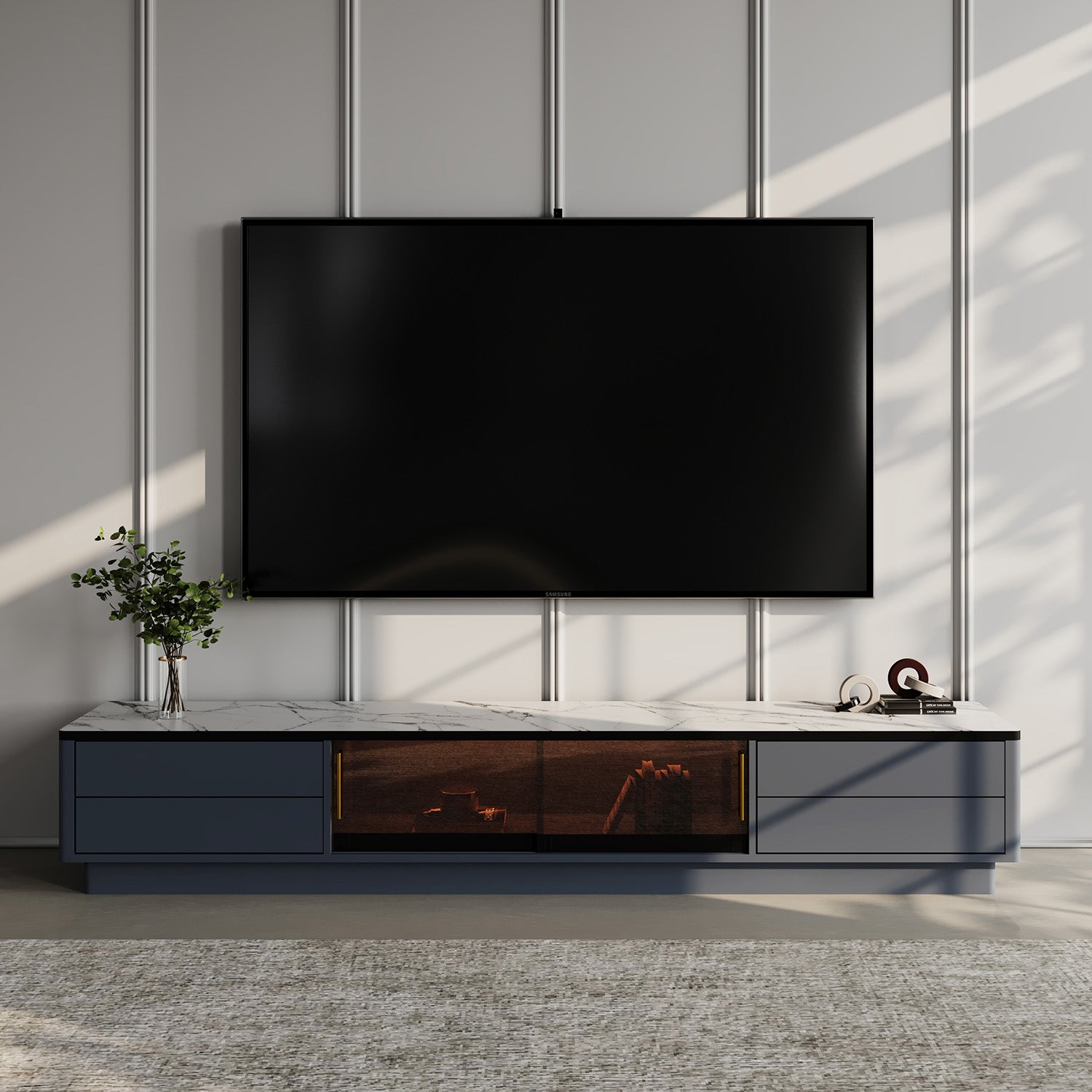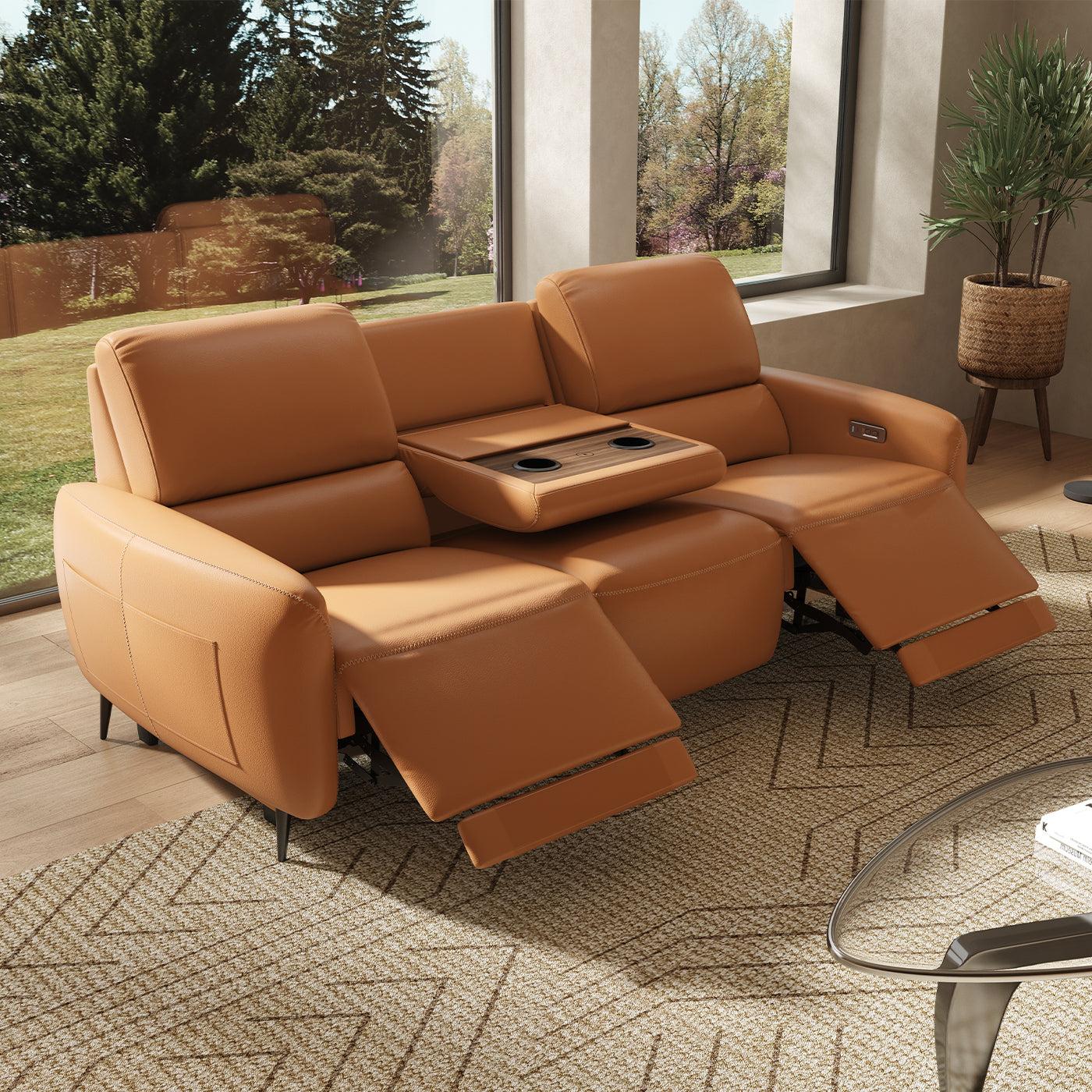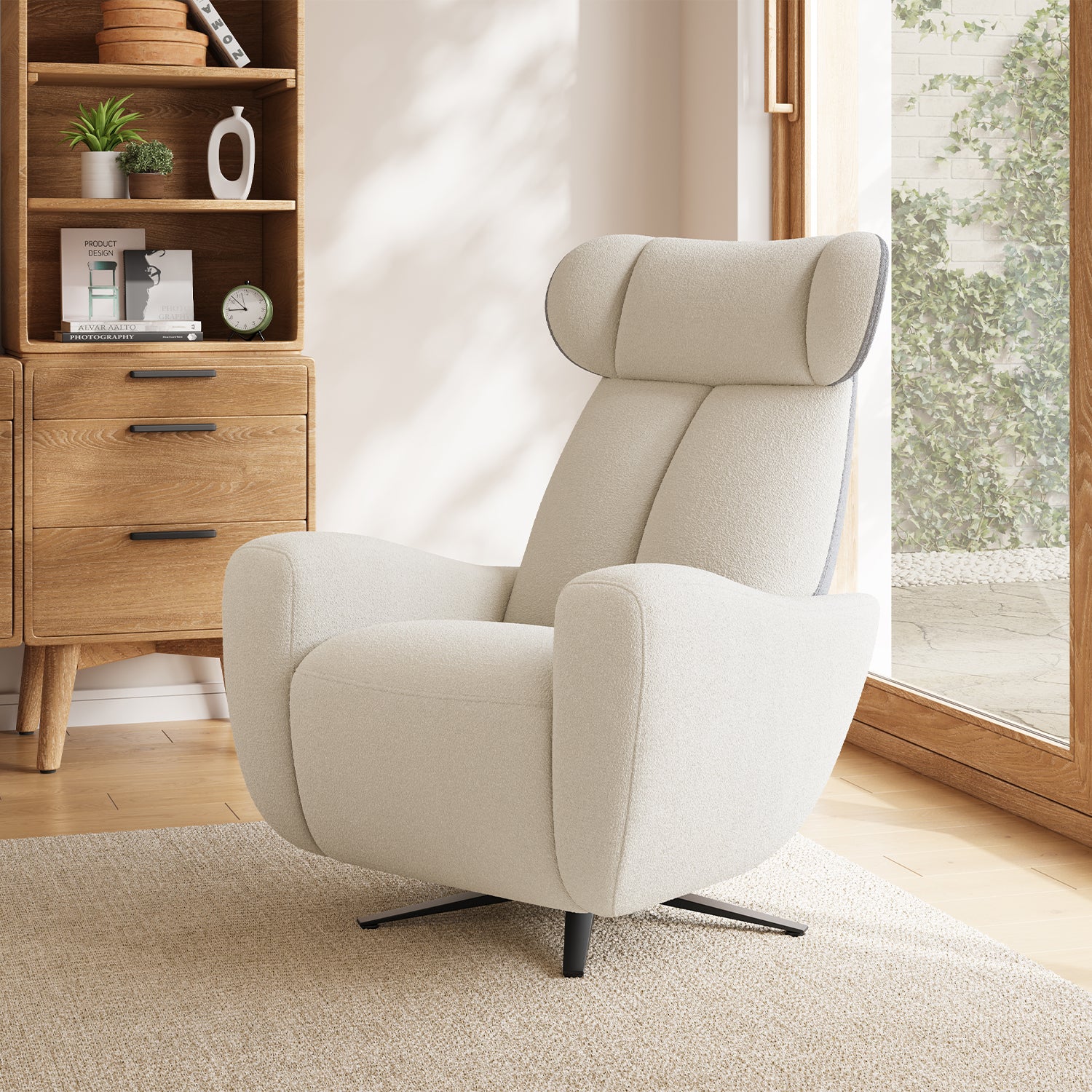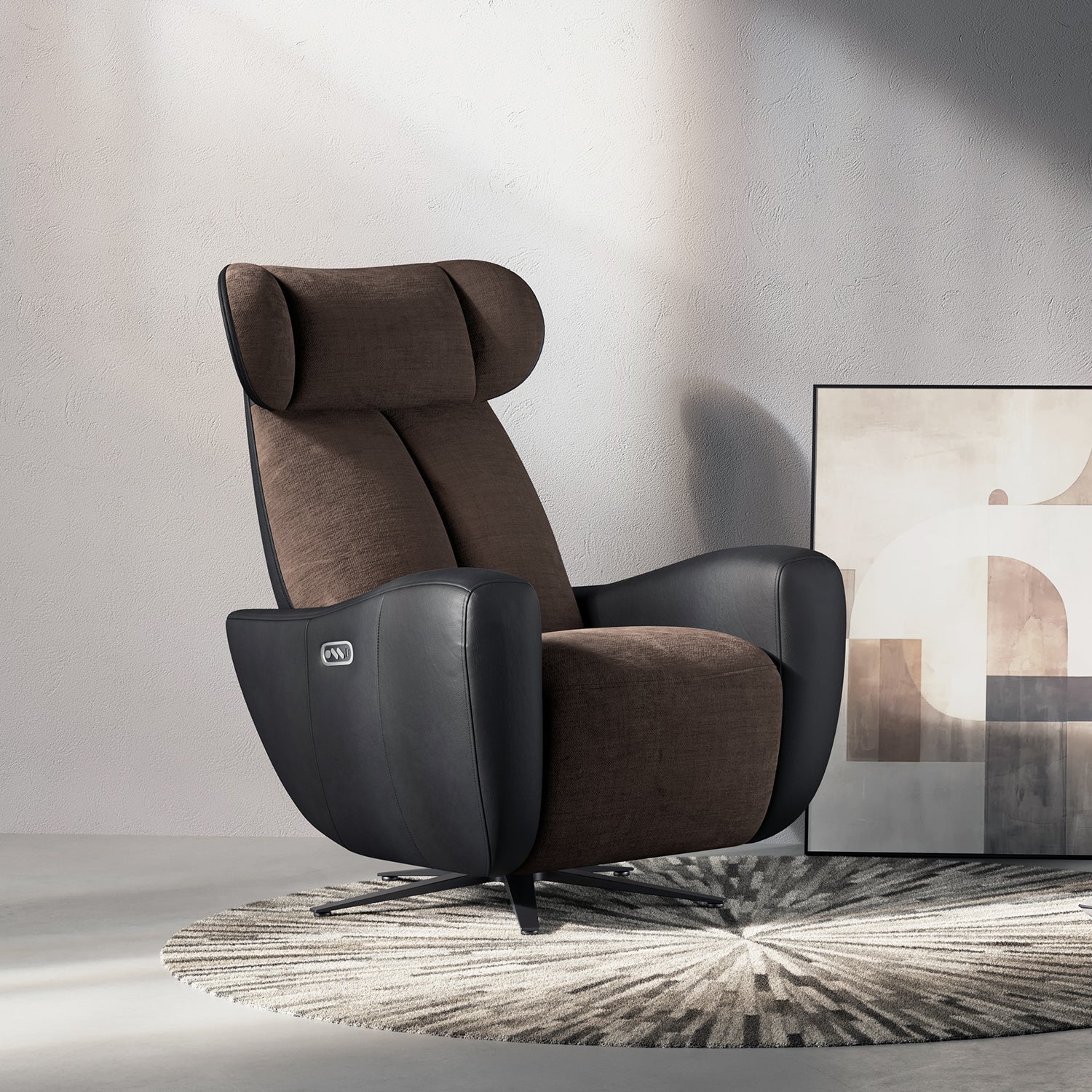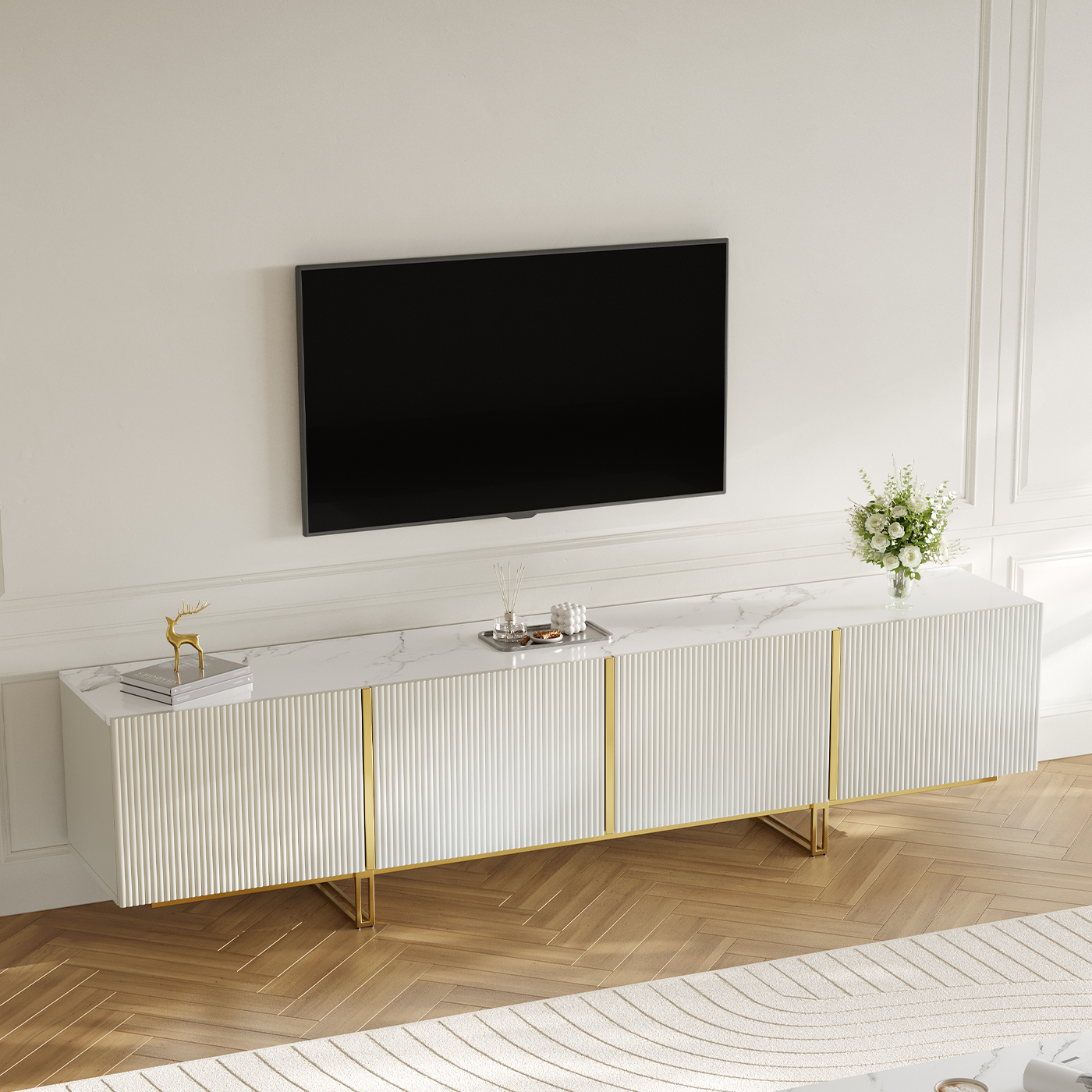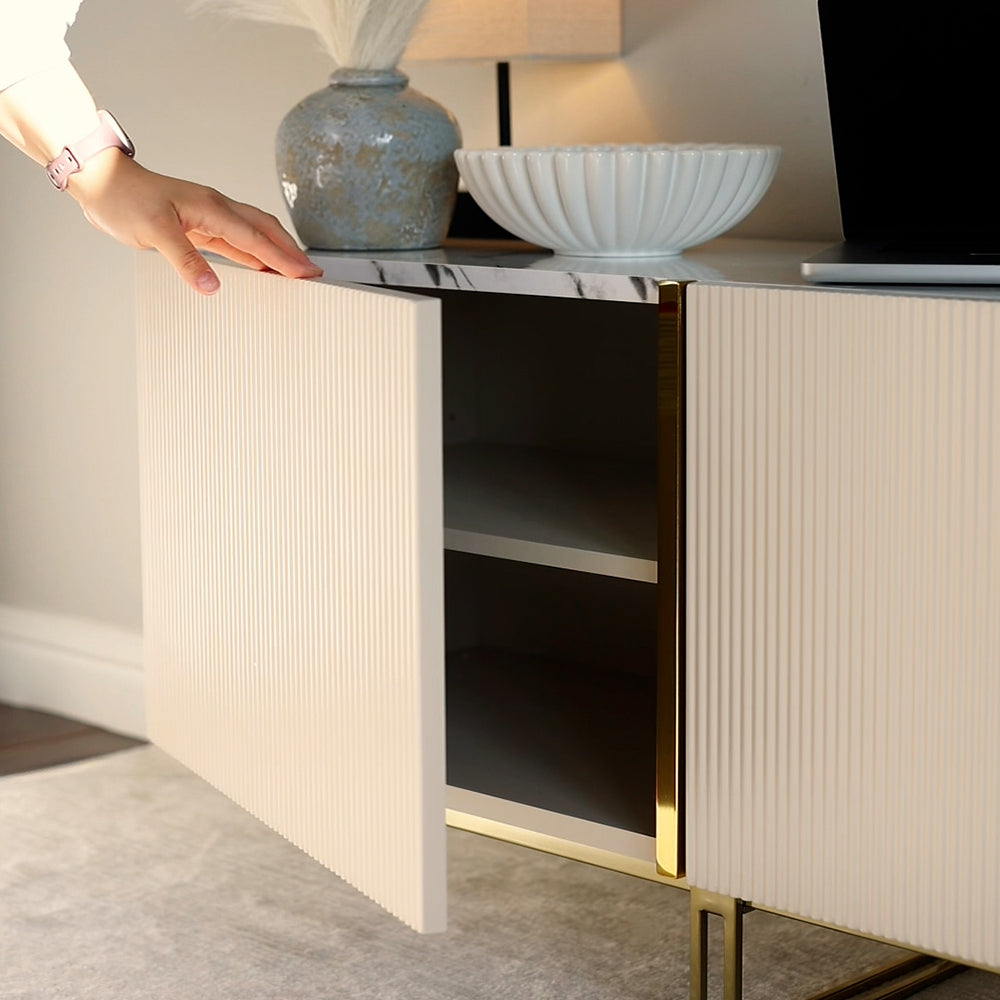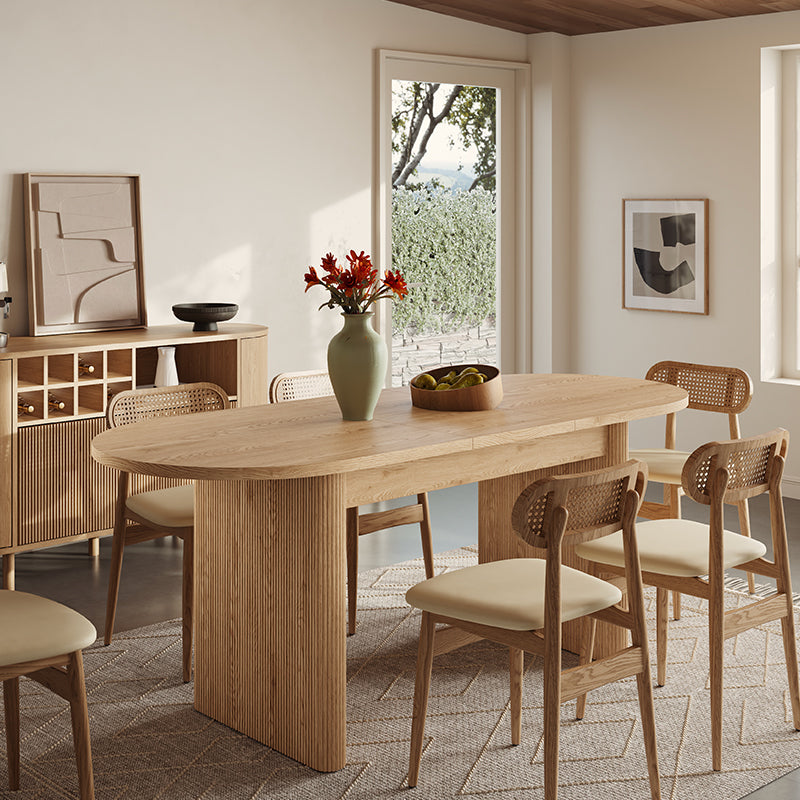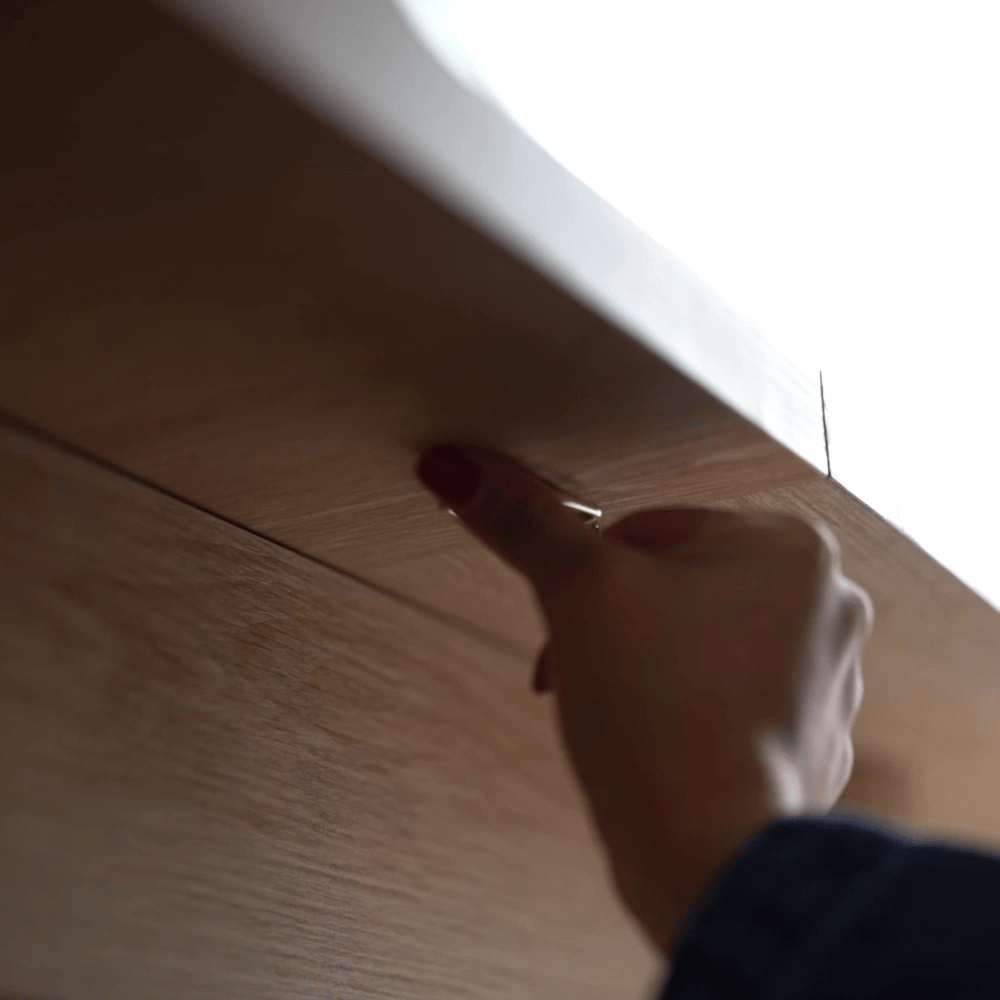Sitting down should feel like coming home.
For many older adults, the right recliner is more than furniture — it’s the support that eases your back, lifts your legs, and helps you unwind safely.
At AlivingHome, we believe every piece you bring home should serve both your comfort and your calm. This guide walks you through what matters most when choosing a recliner— the features, the types, and the real differences that shape daily comfort.
Table of Content
Why Recliners Are Essential for the Elderly

When 82-year-old Mary switched to a zero-gravity recliner, her back pain lessened and her legs stopped swelling — a result supported by NIH research showing that 75% of adults over 70 experience circulation issues improved by elevated seating ( NIH).
With age, balance and flexibility decrease, and long hours sitting in hard chairs can strain joints. Recliners that raise the legs and tilt the spine gently back relieve pressure, promote circulation, and reduce joint pain.
Pro Tip: Choose a model with adjustable leg elevation (45° or more) to support blood flow and prevent swelling.
Takeaway: A well-designed recliner helps seniors sit longer, stand easier, and feel better every day.
Key Features to Choose the Best Recliners for Seniors
Many older adults consistently rank control and simplicity as key priorities when choosing seating. That’s why dual-motor recliners like AlivingHome Swansing— letting you adjust back and footrest separately — are steadily gaining favor.
Lift-assist and zero-gravity functions make standing up effortless, while wide bases and anti-tip frames keep every motion safe. Clear, oversized buttons and waterproof fabrics simplify daily use — ideal for aging hands and sensitive skin.
Checklist: Look for lift assist, anti-slip design, waterproof upholstery, and simple, backlit controls.
Takeaway: Comfort and safety should feel seamless — every button, angle, and cushion should serve your peace of mind.
{{'___AD_PLACEHOLDER___'}}
Types of Recliners for Elderly (Explained with Pros & Cons)
Market trends suggest increasing demand for electric models over manual ones — a signal that more seniors are choosing automated comfort solutions over traditional designs. For those with arthritis or limited strength, power-lift models reduce strain; for active users, manual recliners remain reliable and simple.
Pro Tip: Match the recliner type to mobility level — power-lift for low mobility, wall-hugger for smaller homes.
| Recliner Type | Ideal For | Pros | Cons | Price Range | Power Source |
|---|---|---|---|---|---|
| Manual | Active seniors | Affordable, no power needed | Requires effort | $250–$600 | None |
| Power | Limited strength | Smooth motor lift | Needs outlet | $600–$1,500 | Electric |
| Zero-gravity | Circulation/back pain | Relieves spinal pressure | Higher cost | $900–$1,800 | Electric |
| Wall-hugger | Small spaces | Compact, stylish | Limited recline | $400–$900 | Manual/Electric |
Takeaway: Pick the type that fits your space, mobility, and comfort priorities — not just the design.
Top 5 Best Recliners for Elderly in 2025
In a Consumer Reports survey, over 1,000 senior users rated electric recliners 4.7/5 for comfort and reliability — proof that thoughtful design matters more than luxury branding. After testing dozens, we’ve selected five models that balance value, function, and style.
| Brand | Product Highlights | Price |
|---|---|---|
| AlivingHome Swansing Zero Gravity Power Recliner | Dual motors, zero-gravity support, water-resistant upholstery, USB-C charging | $999 |
| La-Z-Boy Power Lift Recliner | Plush padding, smooth dual motor, classic design, premium lift system | $999~$2,699 |
| Ashley Furniture Yandel Power Lift Chair | Affordable, quiet lift motor, faux leather, large side pocket | $899 |
| Esright Massage Recliner | Heat and massage functions, soft PU leather, side control panel | $250~$699 |
| MCombo Electric Lift Chair | Wall-hugger design, two USB ports, extended footrest for tall users | $499~$840 |
AlivingHome Swansing Zero Gravity Power Recliner — Ergonomic Excellence
Ergonomic, elegant, and designed for true zero-gravity posture, Swansing supports every curve of your spine. Certain recliner positions are known to alleviate spinal pressure, contributing to improved comfort and recovery for seniors. Additionally, features like USB-A and Type-C ports enhance convenience, ensuring that comfort and practicality go hand in hand.
La-Z-Boy Power Lift Recliner — Premium Comfort
Famous for its soft, cloud-like padding, this recliner offers smooth lift motion and whisper-quiet motors. Perfect for seniors seeking maximum relaxation with trusted brand reliability.
Ashley Furniture Yandel — Budget-Friendly Stability
Combining affordability with solid engineering, the Yandel recliner offers an easy electric lift and a wide seat, ideal for daily use without complexity.
Esright Massage Recliner — For Deep Relaxation
Built for relief, this model includes heating and gentle massage — perfect for seniors managing chronic pain.
MCombo Electric Lift Chair — For Smaller Spaces
Compact yet supportive, MCombo’s wall-hugger model is great for apartments. It reclines fully even when placed just inches from the wall.
Pro Tip: Look for warranties covering at least two years on motors and fabric for long-term peace of mind.
Takeaway: The right recliner combines reliability, safety, and the soft joy of daily ease.
Best Sleeping Recliner for Elderly Who Rest Often
Many seniors nap in recliners daily — the Sleep Foundation reports 41% do so for comfort or acid reflux relief ( Sleep Foundation). For this, look for full-recline angles (≥150°) and firm lumbar support.
Pro Tip: Opt for breathable fabrics to prevent overheating during long naps.
| Model | Recline Range | Cushion Type | Sleep Duration Comfort | Price |
|---|---|---|---|---|
| AlivingHome Swansing Zero Gravity | 95°–155° | Firm + plush layering | 8-hour comfort | $999 |
| Esright Massage | 100°–150° | Medium plush | 6-hour comfort | $250~$699 |
| Ashley Yandel | 90°–140° | Soft foam | 4-hour nap comfort | $899 |
Takeaway: The right sleeping recliner feels like a quiet hug that lasts through your rest.
Recliner Maintenance & Safety Tips for Seniors
Industry sources often cite a lifespan of 8–10 years for quality electric recliners when maintained regularly. In some communities, routine checks (motors, bolts, fabrics) have reportedly led to noticeable reductions in service calls.
Use mild cleaners and a soft microfiber cloth, unplug before cleaning, and secure cords to avoid tripping. Listening for motor strain or unusual clicks helps spot issues early.
Pro Tip: Schedule light maintenance every three months; prevention is cheaper than replacement.
Takeaway: A well-cared recliner ages gracefully — just like its owner.
Doctor-Recommended Recliners for Elderly with Back or Joint Pain
Doctors increasingly suggest zero-gravity or 135° recline models to ease lumbar compression. The Cleveland Clinic found this posture can cut disc pressure by half ( Cleveland Clinic).
Pair your recliner with a lumbar pillow or memory foam cushion for added support during long TV sessions or reading.
Takeaway: Relief doesn’t require medication — just the right angle and support beneath you.
FAQs About Recliners for Elderly
Q1: Can a recliner replace a bed for seniors?
Yes. Many older adults with reflux or joint pain find it easier to sleep in recliners that elevate the chest slightly.
Q2: Are power recliners safe for pacemaker users?
Generally yes, but keep motors and plugs away from chest-level devices to avoid interference.
Q3: How long do quality recliners last?
Between 8–12 years with regular cleaning and part checks.
Q4: What makes a recliner “senior-friendly”?
Senior-friendly recliners usually feature easy-to-reach controls, power-lift options, and ergonomic back support to reduce strain when sitting or standing.
Q5: What is Zero Gravity mode, and why is it helpful?
Zero Gravity mode elevates your legs above heart level, helping improve circulation and relieve back pressure — especially beneficial for seniors with joint pain.
Q6: Which recliner is best for sleeping?
Look for recliners with 155° or greater recline angles, breathable padding, and quiet dual motors — such as the Swansing Zero Gravity model.
Q7: How do I choose between fabric and leather upholstery?
Fabric offers warmth and softness, while leather is easier to clean and resists spills. Choose based on your climate, skin sensitivity, and maintenance habits.
Conclusion
A recliner is more than a chair — it’s a daily ritual of comfort. The right one supports your back, encourages better posture, and gives independence back to your days.
Whether it’s the Swansing’s zero-gravity precision, La-Z-Boy’s timeless luxury, or MCombo’s clever space-saving lift, your choice should feel like an extension of your life — quiet, balanced, and beautifully simple.
At AlivingHome, we believe furniture should help you live better, not louder. May your next recliner bring comfort that lasts — and a calm that lingers.

If you want to buy our home furniture or couch for living room, you can check out more on our store

